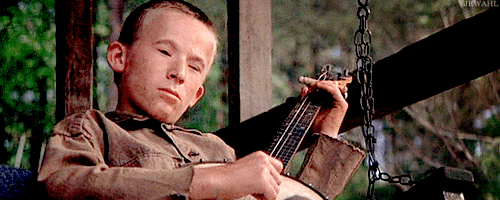Gamesniper19
Well-Known Member
Science:
In the Rayleigh criterion equation, CD is the critical dimension, or smallest possible feature size, and λ is the wavelength of light used. (the optics ratio between CD, ocular and the amount of light transferred λ from the objective lens to it and into your eye objective lenses NA) NA is the numerical aperture of the optics, defining how much light they can collect.
Finally, k1 (or the k1 factor) is a coefficient that depends on many factors related to the chip manufacturing process. The physical limit lithography. Smaller critical dimension can be achieved by using a combination of smaller light wavelength and larger numerical aperture (NA), while pushing k1 as close as possible to the physical limit.
In English LOL. The human eye can only resolve (see with full clarity and focus) a minute of angle at 100 yards as a constant. This is a measurement of the light required through any optics for the eye to perform at optimal levels (114.3). This is why when with many scopes, as you turn up the power to max, it gets dark to your eye and sometimes loses clarity. As the power goes up, the amount of light compressed goes up and compressed light is harder for the eye to see. More compression, less clairty.
Example:
For spotting scopes you divide 114.3 (Rayleigh's constant) by objective to find the highest power that an optic is usable.
So an 80mm spotting scope's optimal magnification is 42x.
114.3/80mm = 1.43 seconds,
then 60 seconds / 1.43 = 42x
Going beyond 42x only amplifies errors, affects clarity, enhances mirage, magnifies heartbeat, wind wiggle, etc
This is part of why as you move up the ladder in more expensive, brighter, and larger scopes, they are more clear. Of course scope construction, lens material and overall coatings matter - but from just a build perspective a 1 inch tube scope with a 40mm objective will not be as bright at 16 power as a 34mm tube and 56mm objective at 16 power.
Wanna know if your scope will be affected before you buy it? Do the math.
In the Rayleigh criterion equation, CD is the critical dimension, or smallest possible feature size, and λ is the wavelength of light used. (the optics ratio between CD, ocular and the amount of light transferred λ from the objective lens to it and into your eye objective lenses NA) NA is the numerical aperture of the optics, defining how much light they can collect.
Finally, k1 (or the k1 factor) is a coefficient that depends on many factors related to the chip manufacturing process. The physical limit lithography. Smaller critical dimension can be achieved by using a combination of smaller light wavelength and larger numerical aperture (NA), while pushing k1 as close as possible to the physical limit.
In English LOL. The human eye can only resolve (see with full clarity and focus) a minute of angle at 100 yards as a constant. This is a measurement of the light required through any optics for the eye to perform at optimal levels (114.3). This is why when with many scopes, as you turn up the power to max, it gets dark to your eye and sometimes loses clarity. As the power goes up, the amount of light compressed goes up and compressed light is harder for the eye to see. More compression, less clairty.
Example:
For spotting scopes you divide 114.3 (Rayleigh's constant) by objective to find the highest power that an optic is usable.
So an 80mm spotting scope's optimal magnification is 42x.
114.3/80mm = 1.43 seconds,
then 60 seconds / 1.43 = 42x
Going beyond 42x only amplifies errors, affects clarity, enhances mirage, magnifies heartbeat, wind wiggle, etc
This is part of why as you move up the ladder in more expensive, brighter, and larger scopes, they are more clear. Of course scope construction, lens material and overall coatings matter - but from just a build perspective a 1 inch tube scope with a 40mm objective will not be as bright at 16 power as a 34mm tube and 56mm objective at 16 power.
Wanna know if your scope will be affected before you buy it? Do the math.




